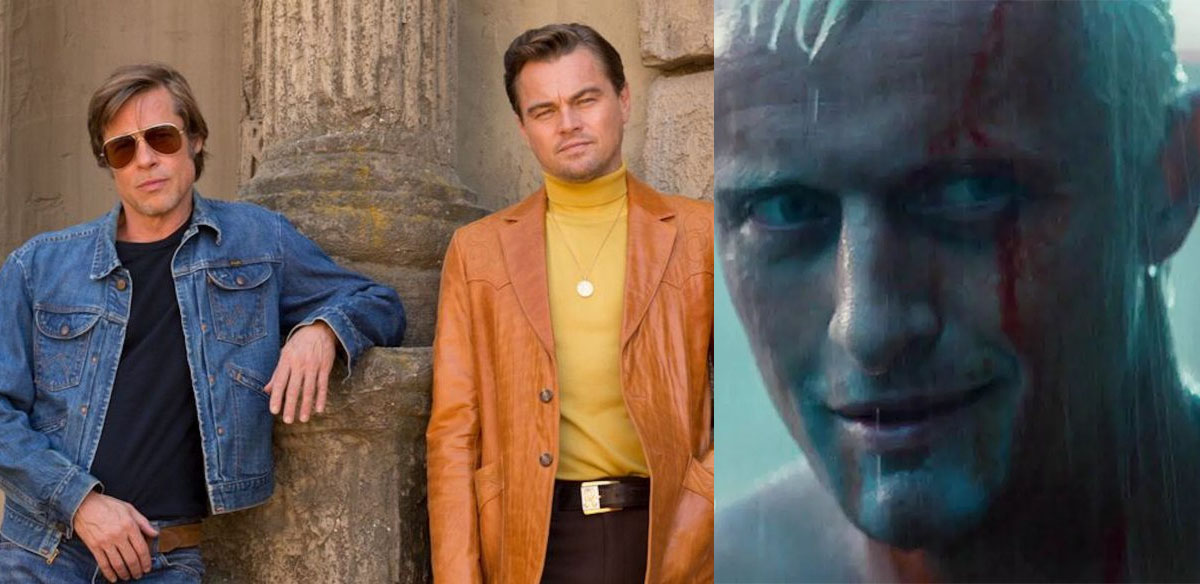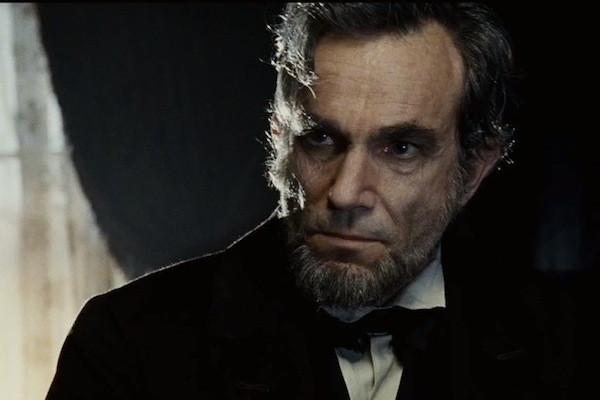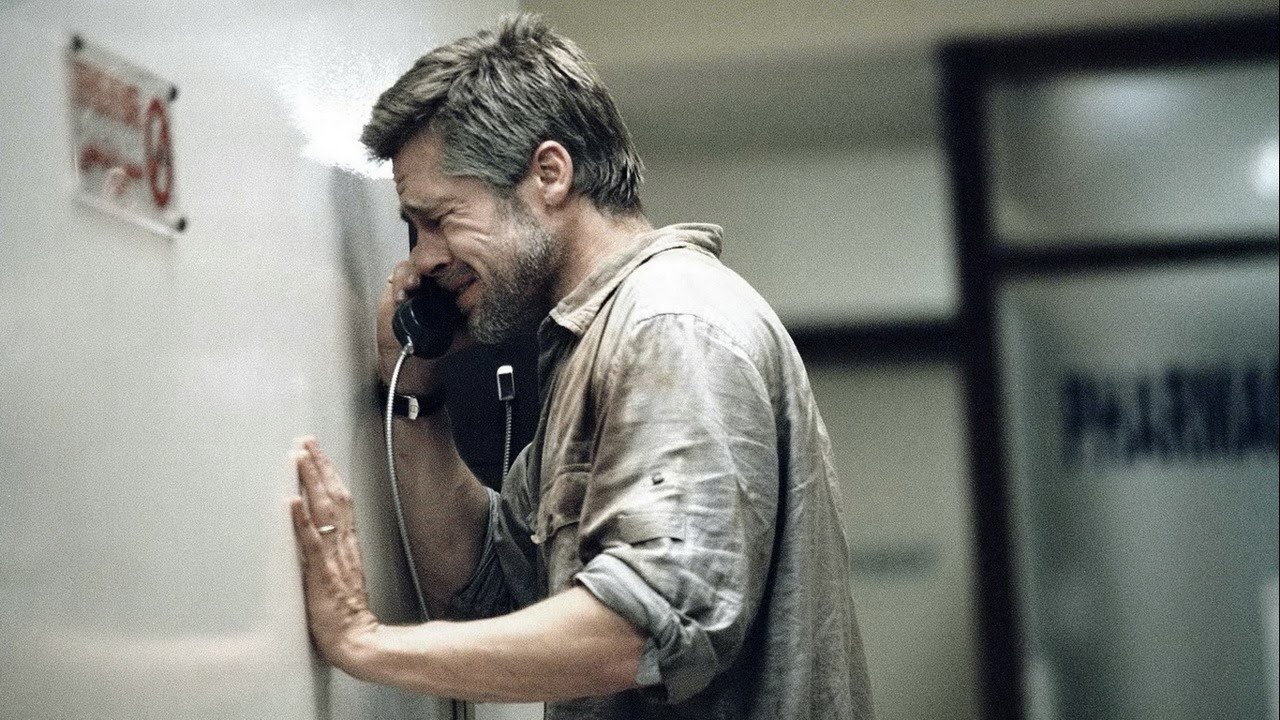Ad Astra (2019, Dir. James Gray):
Humanity looks to the stars for signs of intelligent life and progress.
— Opening title card, Ad Astra
For those of us weaned on speculative sci-fi extravaganzas, Ad Astra‘s titles portend journeys to faraway places, sights hitherto unseen, and existential musings on the meaning of everything. But as Gravity, Interstellar, Annihilation and Arrival — just to name a few recent examples of the genre — keep telling us, the mysteries of the cosmos finish a distant second to the riddles of the human heart and mind. To put a finer point on it, we have the words of Ad Astra‘s intrepid protagonist, astronaut Roy McBride (Brad Pitt): “In the end, the son suffers the sins of the father.”
Yes, Ad Astra is actually a character study masquerading as a solar system-spanning adventure, a tale of wayward fathers and sons camouflaged as a cerebral voyage into future worlds. Roy is the ultimate cowboy, preternaturally calm, entirely self-sufficient, capable of superhuman feats while maintaining a pulse under 80. “I am focused only on the essential, to the exclusion of all else,” he recites to himself. “I will not rely on anyone or anything.” His flat monotone reminiscent of the HAL 9000 computer from 2001: A Space Odyssey, Pitt makes for a smooth, near-flawless monolith, but his wary gaze suggests that there is indeed a ghost in this machine.
Before long, we get the lowdown on what’s really eating at him: his famous astronaut father Clifford (Tommy Lee Jones), who went missing in the outer reaches of the solar system three decades prior, and is now suspected to be alive and unhinged, experimenting with energy blasts that are wrecking Earth’s power grid. (“All life could be destroyed,” a high-level general helpfully informs Roy.) Roy’s assignment: venture to Neptune, where his father and his own demons await.
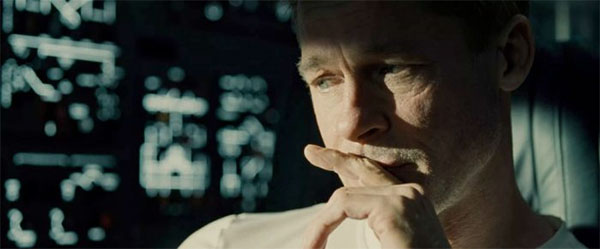
If that sounds suspiciously like Heart of Darkness, it’s intentional. Director James Gray is an avowed fan of seventies cinema, and Ad Astra follows the Apocalypse Now template, down to Pitt’s baleful voice-over narration and the episodic, mythological nature of his quest. (Substitute spaceships for gun boats, and you’re more than halfway there.) At one point Roy hitches a ride with a boisterous freighter crew, and when they answer a mayday signal from a derelict ship, you can practically hear Martin Sheen mutter, “Never get out of the boat. Absolutely goddamn right.”
When Pitt isn’t musing on his own deteriorating mental state, he’s being thrown into some impressive set pieces, including a white-knuckle free-fall escape from a communications tower a hundred miles above ground, and a lunar buggy chase where the laws of gravity play havoc with the participants. Gray has always been an elegant director of actors, and here he proves himself to be a fluid, engaging action maestro, even as each obstacle thrown in Roy’s path drives him to further rumination and desperation.
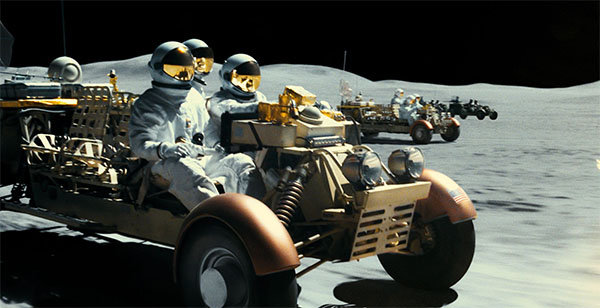
Ad Astra is at its most involving when Pitt’s disoriented mental state is reflected in Gray’s vision of the future, in which the majesty of space travel has given way to a mixture of the mundane and terrifying. A trip to the moon on Virgin Atlantic is as banal as a jet hop across time zones (have $125 handy if you want to buy a blanket and pillow on board), and Yoshinoya, DHL, Subway (the sandwich chain) and even Las Vegas’s Pioneer casino now dominate the lunar landscape. Still, there’s no escaping a sense of dread when Roy crosses the terminator into the dark side. Roy’s shipmates may sing along with Dean Martin as they truck between the moon and Mars, but they’re not inured to unexpected calamities such as an ambush by a feral baboon in zero-G (trust us, it makes sense in context). Spend any time at all in the sepulchral underground bunkers of Mars, and one easily understands why a counseling hotline number is posted next to the airlocks.
Like Willard’s trip into the jungle in Apocalypse Now, Gray represents Roy’s journey as a slow descent, as the underpinnings of civilization buckle and disintegrate under the strain, all vividly rendered by Hoyte van Hoytema’s color-coded cinematography: sickly yellow for the moon, ink-red for Mars, and coldest cobalt blue for Neptune. When Roy’s champagne bottle-shaped spaceship finally arrives at the latter, we may as well be in the Underworld, and the story’s Oedipal subtext matches the visual hellscape.
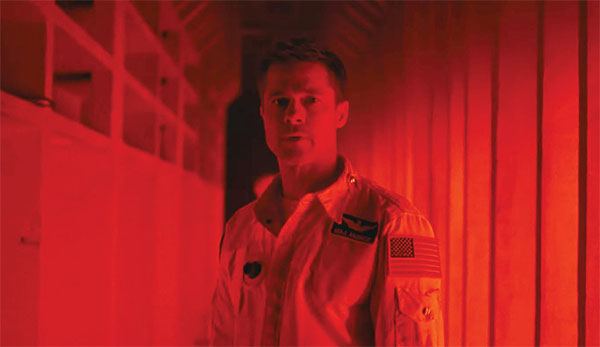
Despite the film’s often-wonky science (any mention of “antimatter” should be shrugged at and ignored), all these technical and production flourishes are executed with aplomb; it’s a shame that Gray ultimately emphasizes telling over showing. Constantly telegraphing the story’s themes, Pitt’s narration is a litany of Cliff Notes. “I don’t want to become my dad,” he explains, in case we hadn’t figured that out. “I don’t know if I hope to find him or finally be free of him.” The film assembles a roster of impressive actors including Donald Sutherland and Ruth Negga, only to have them serve as exposition dumps (literally so — both Negga and Sutherland advance the plot by sticking data files into Pitt’s hands). Wisecracking Natasha Lyonne is hurriedly wheeled on and off screen as a Martian immigration officer; she still fares better than Liv Tyler, who has all of three lines as Pitt’s estranged wife.
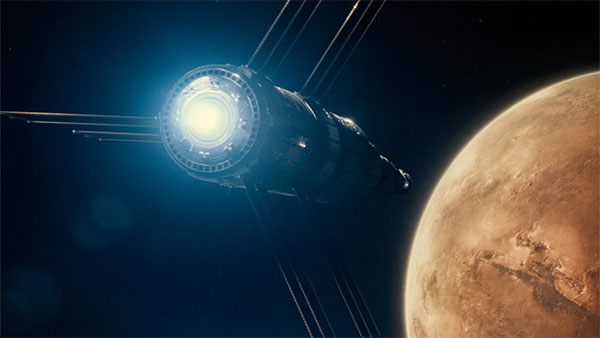
I always wanted to become an astronaut, for the future of mankind and all. At least that’s what I always told myself. I see myself on the outside, smile, present a side. It’s a performance, with my eye on the exit. Always on the exit. Just don’t touch me.
– Brad Pitt, Ad Astra
As with Solaris, another seventies touchstone movie, Ad Astra is more interested in plumbing the depths of its protagonist’s addled psyche than exploring the cosmos, and as Roy draws ever closer to a final confrontation with his dad, the movie goes symbolic: Roy swimming through a Martin river to reach a spaceship like a sperm making its way upstream, or later attaching a feeding tube to his stomach like an umbilical cord. By the time he reaches Saturn, Gray goes for it Terrence Malick-style, cutting back and forth between home movie-styled flashbacks of Roy’s life and grandiose images of the giant planet’s rings.
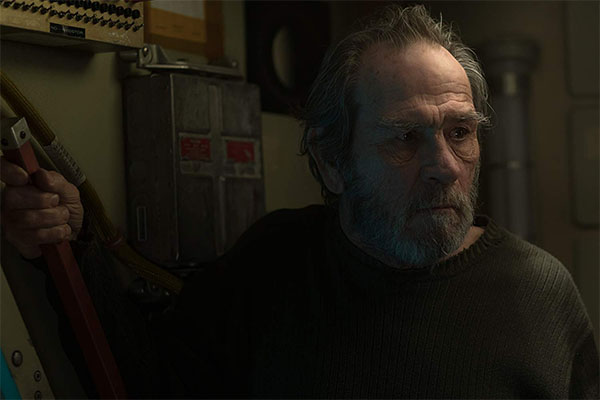
These moments don’t achieve the same confounding, surreal power of Solaris, but they hold our interest until we get to Pitt’s underwhelming final showdown with Jones, which opts for doleful instead of operatic. “We’re all we’ve got,” Pitt sums up, which is certainly a valid sentiment, as is a climactic shot in which Roy, who typically recoils at even the thought of human touch, must physically reach out. But these gestures reveal Ad Astra for what it really is: an aggressively inward tale that privileges psychoanalysis over more unsettling existential queries. There’s no doubting the sincerity in Gray’s approach, but all the A-list special effects and polished filmmaking are just a diversion from the main attraction — a single tear coursing down the planes of Pitt’s handsome, near-alien face. Too bad Ad Astra doesn’t accept its true nature and let us absorb the mysteries of that face, rather than spelling out surprises at every turn.



